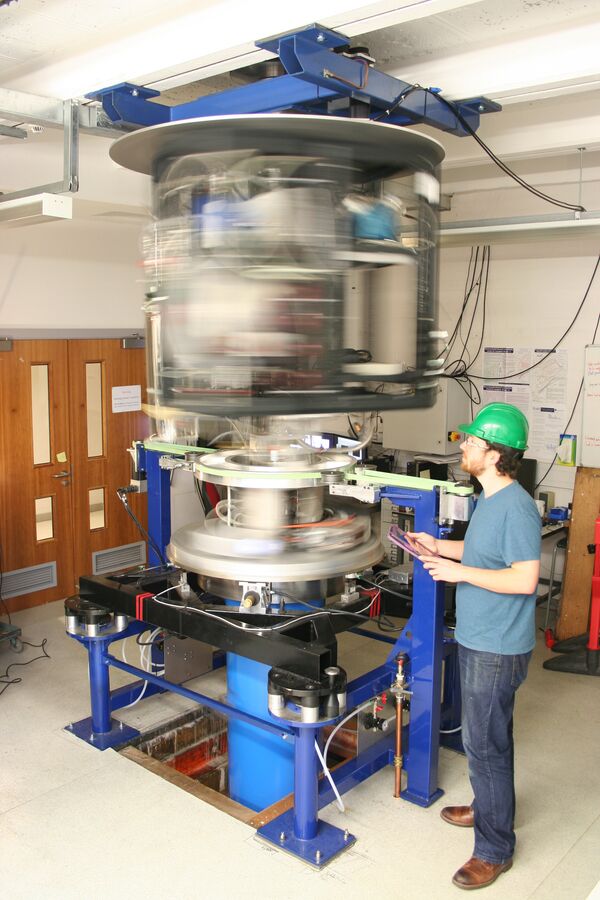Turbulence, a flow regime in fluid dynamics that leads to chaotic changes in pressure and flow velocity in water and air, still remains poorly understood by scientists despite affecting millions of plane and boat passengers across the world every day.
"Turbulence is ubiquitous in nature and affects almost every aspect of our daily lives. Despite its overwhelming importance, turbulence is poorly understood, mainly because of the complexity of turbulent motion over a very wide range of length scales," Professor Andrei Golov from Manchester's School of Physics and Astronomy says.
A US$2.5 million project led by Professor Andrei Golov from Manchester's School of Physics and Astronomy, which also involves Professor Peter McClintock's team from Lancaster University, will seek to improve understanding of turbulence.
NEWS: Manchester-led research set to reveal the chaotic mysteries of #turbulence https://t.co/YRluFU53Qs #physics @UoMSciEng pic.twitter.com/LCmQP7pJqR
— Manchester Uni News (@UoMNews) March 20, 2017
"Turbulence in superfluid helium, known as quantum turbulence, is special, because quantum mechanics restricts all vortices to have a single fixed value of circulation. Thus we are dealing with a dynamic tangle of vortex lines, all of the same strength. Turbulence, including its quantum variant, is an inherently non-equilibrium phenomenon: remove the driving force, and the turbulence decays."
Professor Golov told Sputnik that the team's goal is to confront the two remaining, mutually interconnected, challenges of quantum turbulence in the T=0 limit: to observe and investigate the elementary processes occurring with individual vortex lines inside bulk tangles and explore the interaction, and its consequences, of vortex lines with solid boundaries.
Turbulence is important to understand and control because its chaotic flow is present not only in many real-world and man-made phenomena, including weather systems and aircraft motion in atmosphere, water flows in stormy seas and pipes — but also plasma protuberances in the solar corona and turbulence in the intergalactic medium, explained Professor Golov.
"All of these phenomena have enormous bearing on human life and our prosperity — but because of its inherent complexity our understanding of turbulence is yet quite poor," said Professor Golov.
"In some ways, quantum turbulence is simpler than the classical hydrodynamic turbulence. Because it consists of discrete quantized vortex lines, and there is no viscosity — but in some ways it is more complex, as it possesses co-existent hydrodynamic-like and wave-like motions of vortex lines."

In Manchester, Professor Golov, Dr. Paul Walmsley and Emeritus Professor Tom Mullin, along with Emeritus Professor Joe Vinen from the University of Birmingham will use "lasers, sensitive cameras and rotating cryostats to image the shapes and motion of vortex lines in turbulent superfluid helium at only 0.1 degree above absolute zero," according to Manchester University.
"We expect that this work will lead to a revolutionary breakthrough in this field — so naturally we are very excited as we prepare for this pioneering experiment," Professor Golov said.
The UK's Civil Aviation Agency reported that between 2009 and 2013 there were a total of 387 turbulence-related injuries to passengers flying with British airlines. In 2010 147 passengers were hurt during flights.


